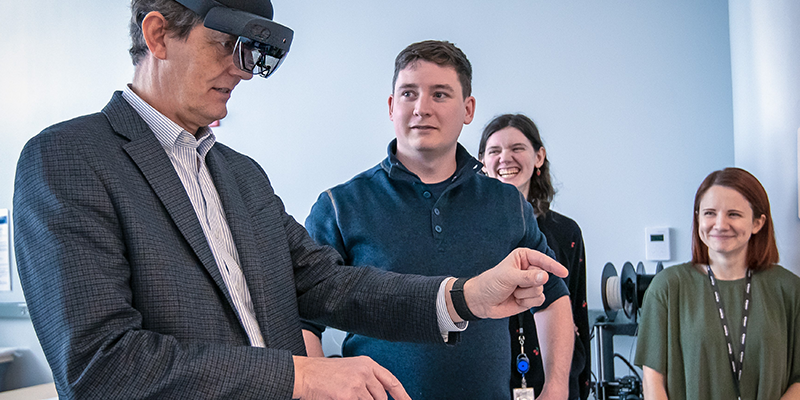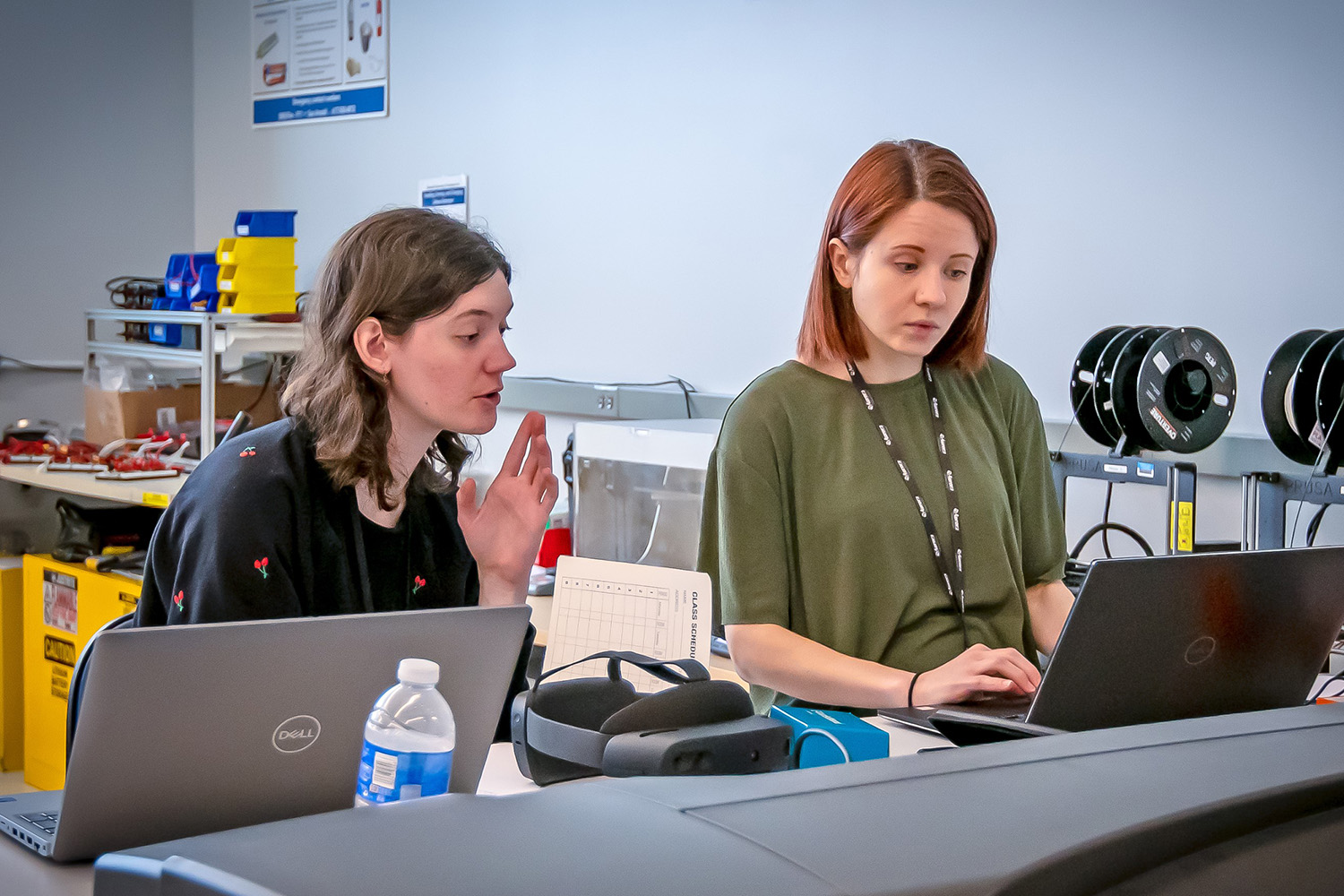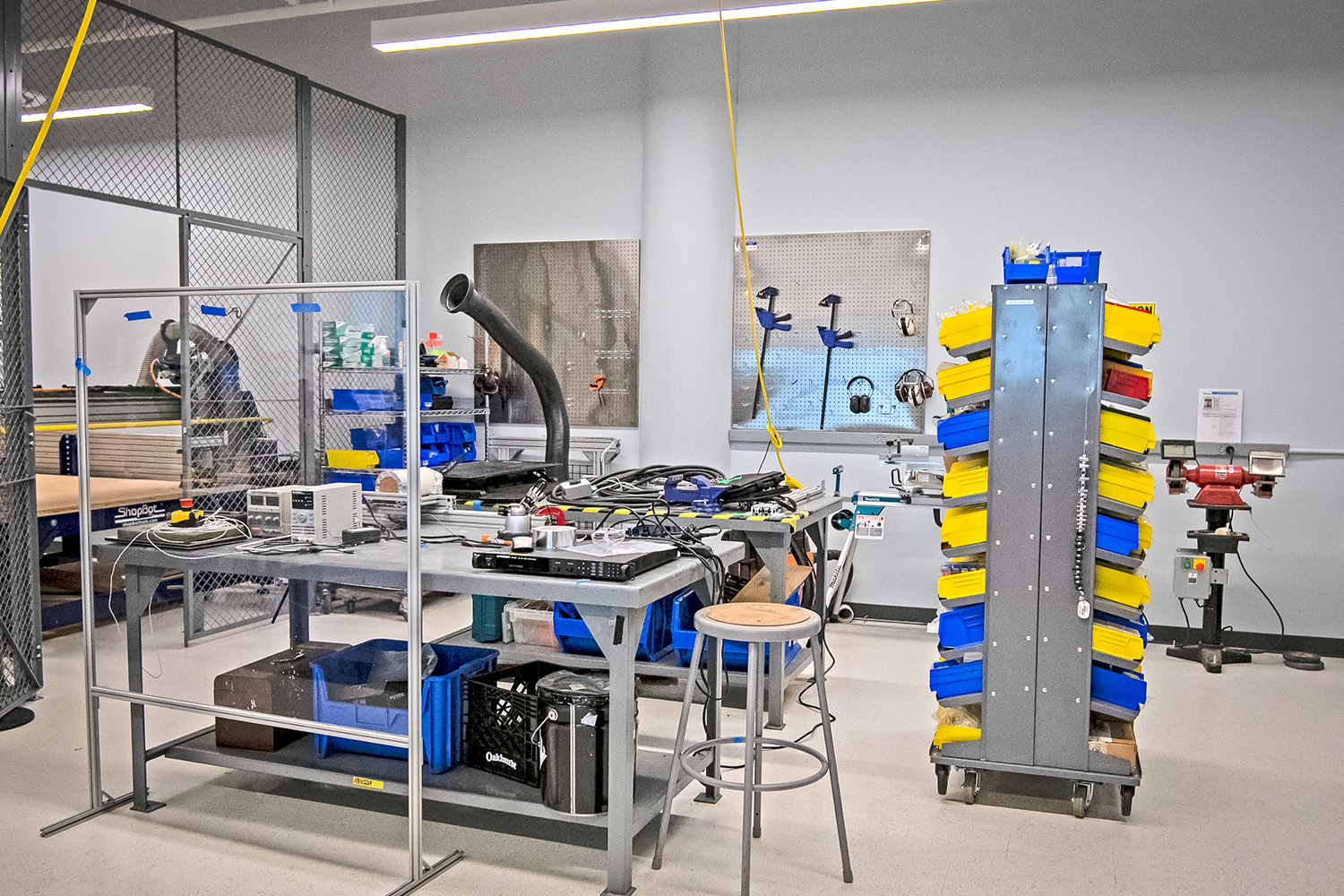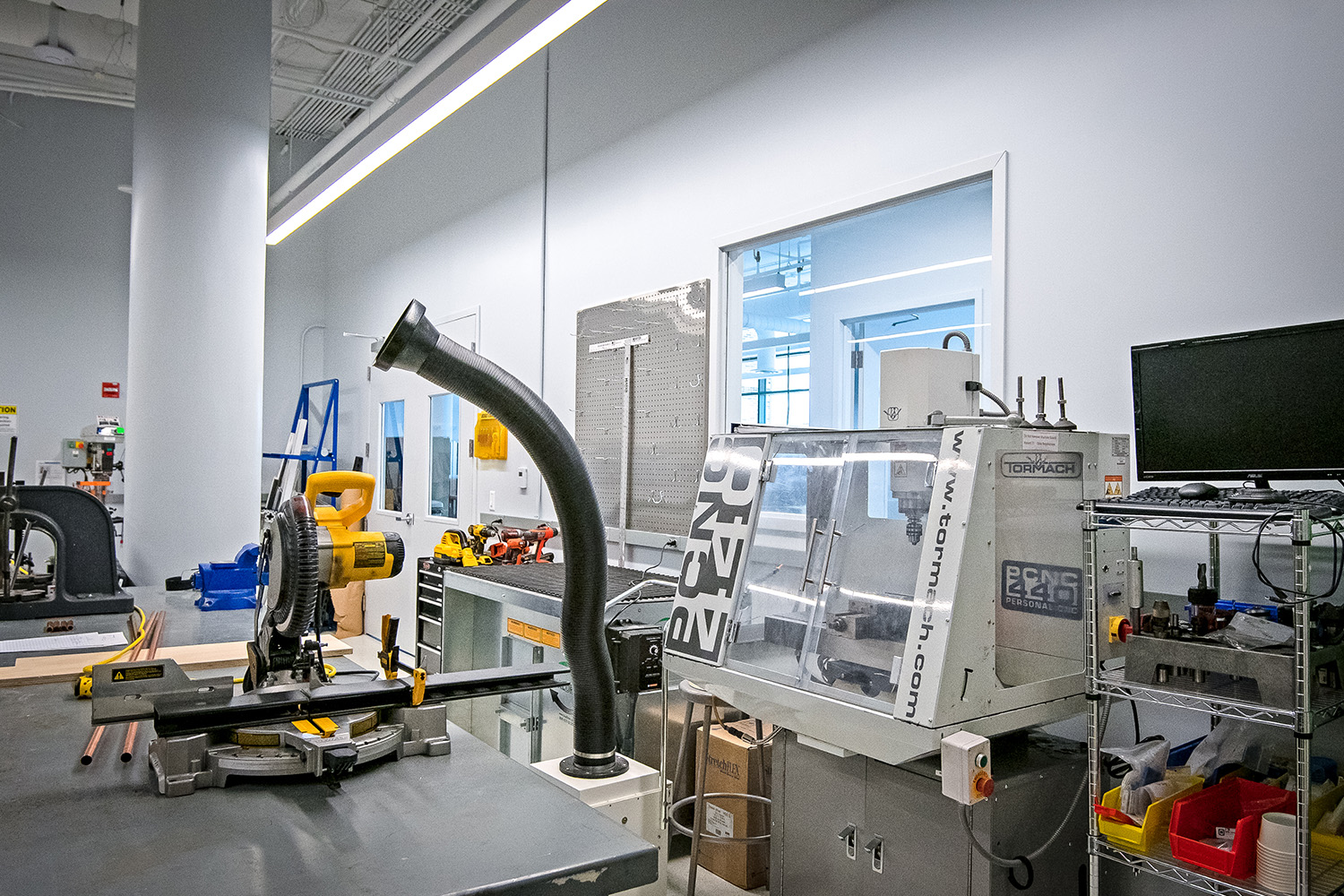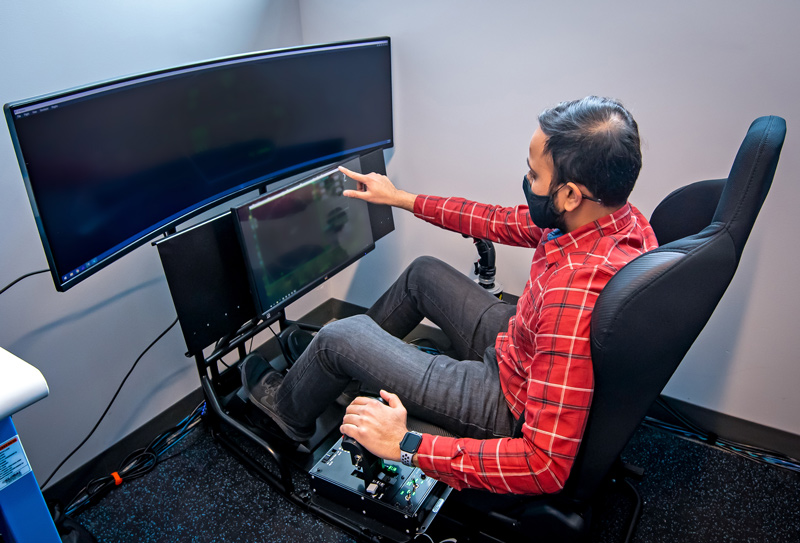Aurora Fight Sciences, a Boeing Company, recently opened a new lab space in the Charlestown neighborhood of Boston. The lab occupies the third floor of the historic Schrafft’s Center and houses advanced capabilities in autonomy, electronics, rapid prototyping, and testing.
“Creating an innovative environment is a key element to tapping into the passion of our team and attracting those who aspire to advance the future of flight,” said Per Beith, Aurora President & CEO. “It will enable us to accomplish cutting-edge work in autonomy as we continue to build on our aviation legacy.”
The lab supports applied technology projects in a state-of-the-art facility with a machine shop, a class 100,000 clean room, an electronics lab, and a prototyping space, as well as advanced machinery such as 3D printing stations, a laser cutter, thermal chambers, and soldering stations. It has dedicated space for several programs, including for Aurora’s Modular Intercept Drone Avionics Set (MIDAS) counter-UAS solution and for the development of multi-vehicle and human-autonomy interaction capabilities.
Within the new facility is Aurora’s Advanced Teaming Integration Lab (ATIL), which enables user-centric, agile development, test, and evaluation of multi-vehicle autonomous systems. Running on a highly configurable hardware/software infrastructure, ATIL supports autonomy development and test activities ranging from operational analysis and simulated human-machine interactions to running flight-ready autonomy software deployed on flight hardware.
“ATIL fills the gap between pure simulation and flight testing of multi-vehicle autonomy capabilities,” said Aniruddha Katre, software engineer. “It has been a key enabler and the amount of configurable space available in the new lab will make it easier to accommodate the needs of all the exciting programs that we are working on.”
Aurora is also bridging the gap between humans and autonomy by creating artificial intelligence (AI) that can learn to adapt its behavior to best complement a human’s cognitive state. By using physiological data like gaze behavior and heart rate, this technology estimates key metrics of human cognition such as mental workload, stress, and attention. Using this estimation, the AI can assist the human in a way that is most conducive to their needs in that moment. Wearable technology such as augmented reality headsets are just one way that humans and AI can work together to construct a visual environment that is tailored to a person’s cognition.
In addition to housing cutting-edge development programs and state-of-the art equipment, the new lab offers career opportunities in engineering, autonomous systems, and program management. Click here to view open positions in Boston, Cambridge, or at other Aurora locations. Many positions are eligible for hybrid home and office working arrangements.

